Lighting design is about designing environments, not specifying lights.
What Is Lighting?
How often do you think about lighting? It is around you all the time, but it is often taken for granted. And yet, it is hard to see a world without it.
Lighting has a major impact on what you think and how you feel. It sets the tone for first impressions, and helps to define the environment around you. Imagine a dreary north east winter, compared to a warm sunset on the beach or a candlelit dinner, compared to a gymnasium. Does that last one remind anyone else of the anxiety from middle school gym class? Imagine those same environments, with the opposite lighting. Imagine a candlelit dinner under gymnasium lighting or an evening of a San Diego sunset during the doldrums of a New York winter.
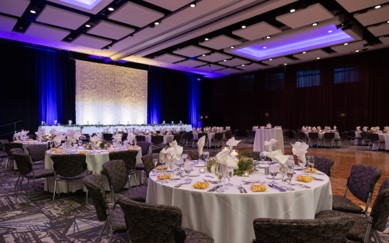

In the images above, you can see two different illumination instances of a similar environment. Both provide the same delivered foot candles, and both would get an engineer's stamp of approval. However, only one is designed to get the lights out of the way and wallow the lighting to create the experience. Lighting has an inseparable connection to how we experience any environment.
Lighting Designer Toolbox
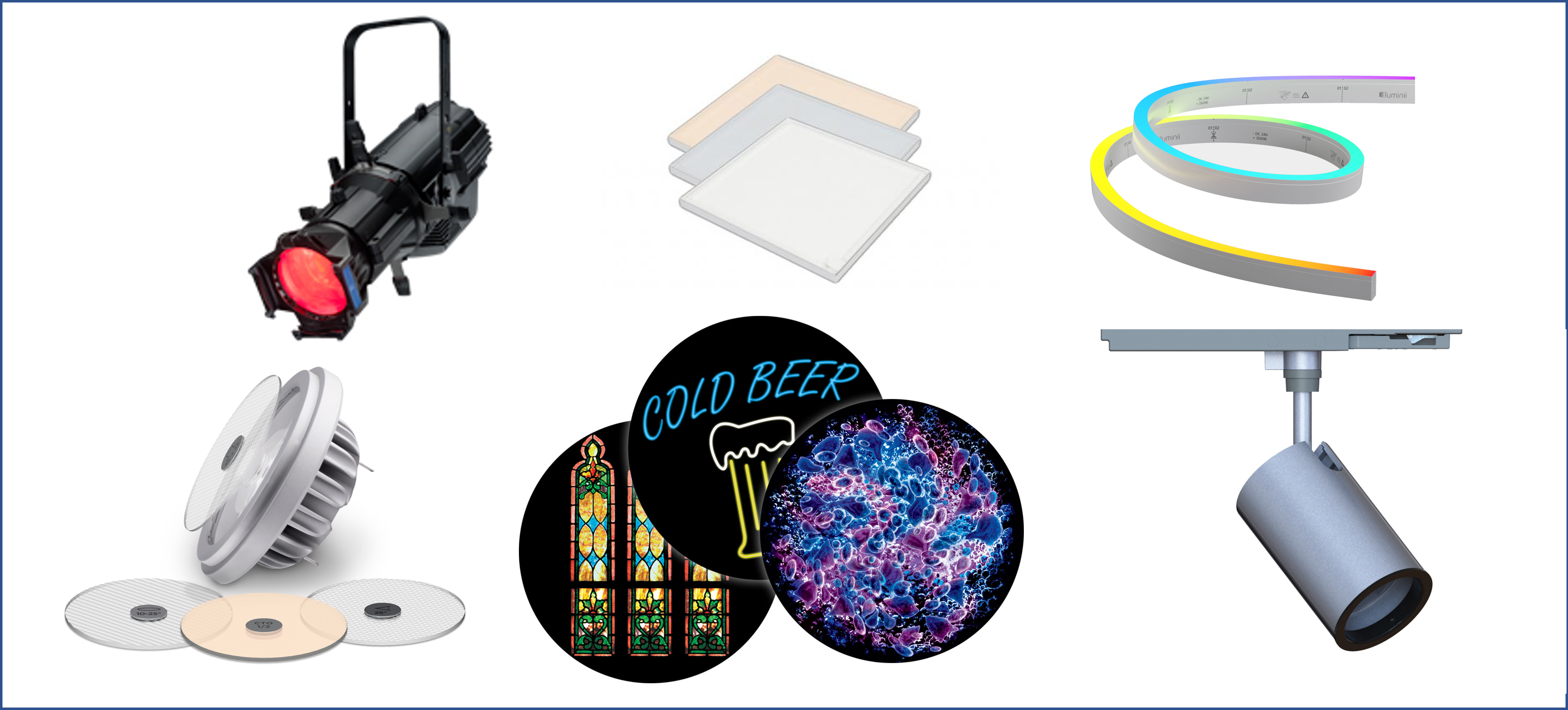
Lighting cannot be created without lights, but we think of the lights as the paint and paint brush, to create the painting that is the lighting. You obviously cannot execute a lighting design without luminaires, but the secret to a good design is to begin with the lighting, the environment, the look and feel of the space, not with the equipment that will create it. An artist commissioned for a painting doesn't start the conversation about the type of paint that will be used, they start with the subject, the style, the mood, and the colors. You have to know what you want to create, before you can figure out how you want to create it.
Lighting Design
So far we have discussed how to appreciate environment design throughout lighting, and we have discussed why we recommend beginning with the lighting not the light, now let's talk about how that design can be applied.
Lighting design is the art of telling a story. The first step is working out the story. What are you trying to convey? What do you want the visitors to experience. Once the story is clear, lighting can be applied to that story. Believe it or not, good lighting isn't that which makes you comfortable and happy. A museum exhibit about oppression should be inviting to the visitor, but it shouldn't be a candlelit dinner either.
Take for example these next two images:

In the image above, you have the lighting of a mirror maze. Here the lighting is used to help convey the visual confusion of a mirror maze. Additionally, it serves to provide the necessary illumination without causing glare, discomfort, or detracting from the effect itself. This specific project also has a pretty funny story about how the team located exit signs, but that is a story for a different conversation. That story would be called "the hilarity of dealing with AHJs in themed environments."

The preceding image is an exhibit on aviation. The components of flight and the structure that makes a plane work. This portion of the museum exhibit is intended to teach how aircrafts are put together, what the components are, and how they work together to make an aircraft fly. The lighting accentuates the ribbing of the fuselage to help tell that story. It also looks great, and is inviting to the guests. It makes you feel comfortable walking in and looking around. It also happens to provide the necessary illumination to be safe, but that "safety" lighting isn't additional or detracting. It is achieved utilizing the same elements that are being used to tell the story.
Abstract to Complex
A design can take on many forms. Some stories are about broad strokes, inviting environments, and warm welcomes. Other stories have specialized requirements.
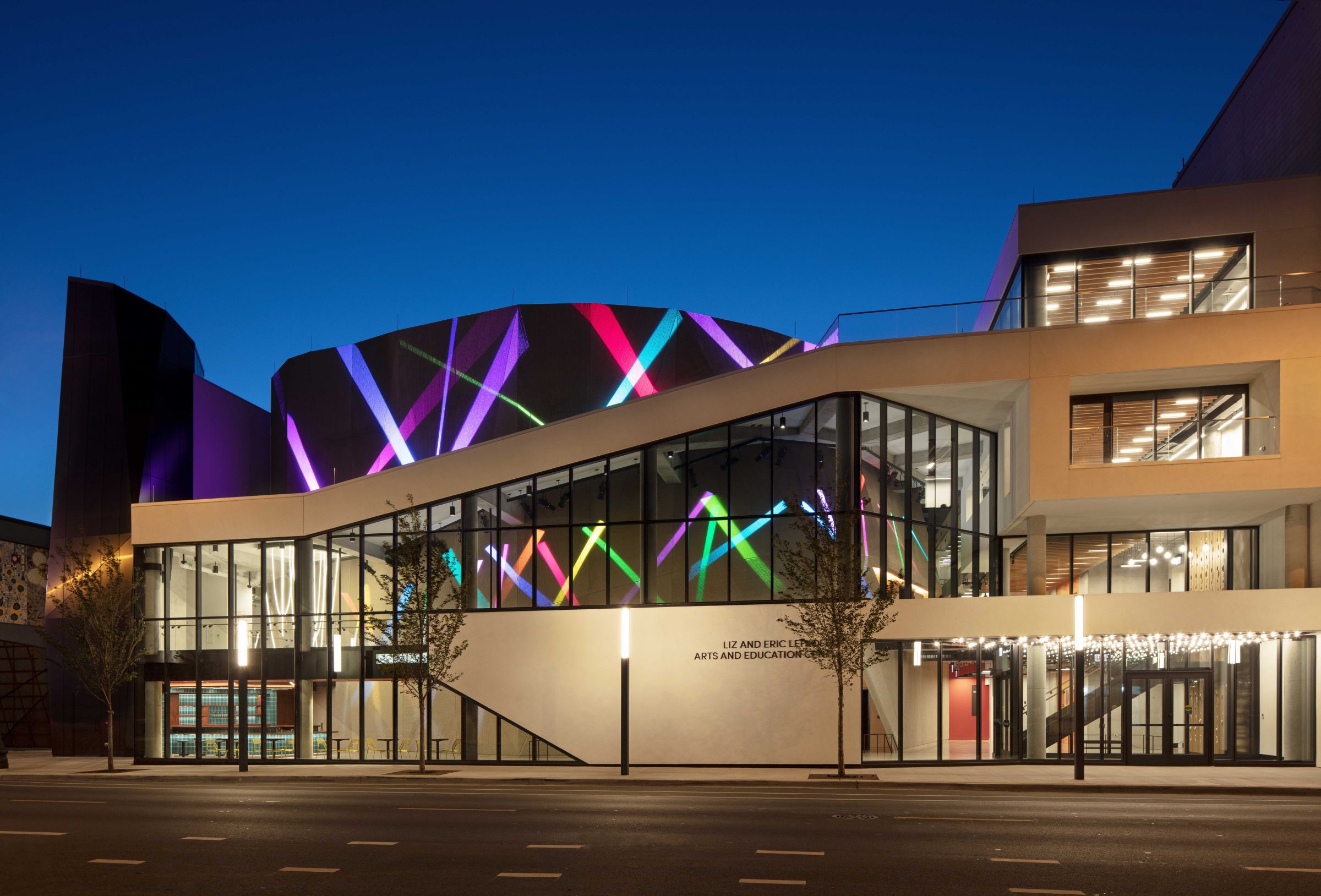
The image above is Steppenwolf Theater's new space in Chicago. The design has specialized requirements, inside and outside. The exterior and interior lighting uses brush strokes of light to make it feel continuous from inside out. It has a totally different feel during the day vs. at night. While we were developing the concepts, we tested ideas to determine which would provide the look that the team desired, and then created mockups to find the correct tools and devices that would provide those desired looks. The design we selected had functional challenges that had to be resolved throughout the process. For example, how do you get two entirely different classes of fixture, interior and exterior, to look as if they are a continuous brush stroke from inside out?

In the image above is you see hanging gardens at the Field Museum, which were conceived as growing gardens hanging in Stanley Field Hall. The original lighting design did not provide appropriate lighting to allow the plants to grow. The concept we developed, tested, and then ultimately specified and installed, not only helped the plants to thrive, but also allowed for colors to be added for special events in the hall. The design needed to look great, provide grow lighting, and provide event lighting. The largest of this hanging garden can be lowered all the way to the ground. Due to its significant size, it can seat 50 people within the garden while enabling patrons to hold an event in a more intimate space incorporating intimate illumination.
Minimal and Purposeful
However, the story being told isn't always as complex as all that. Sometimes simpler is better. A good design is a good design. Sometimes, the correct lighting for a space is something that provides minimal touches, makes little elements or details pop, and then gets out of the way and lets the exhibit tell the story.
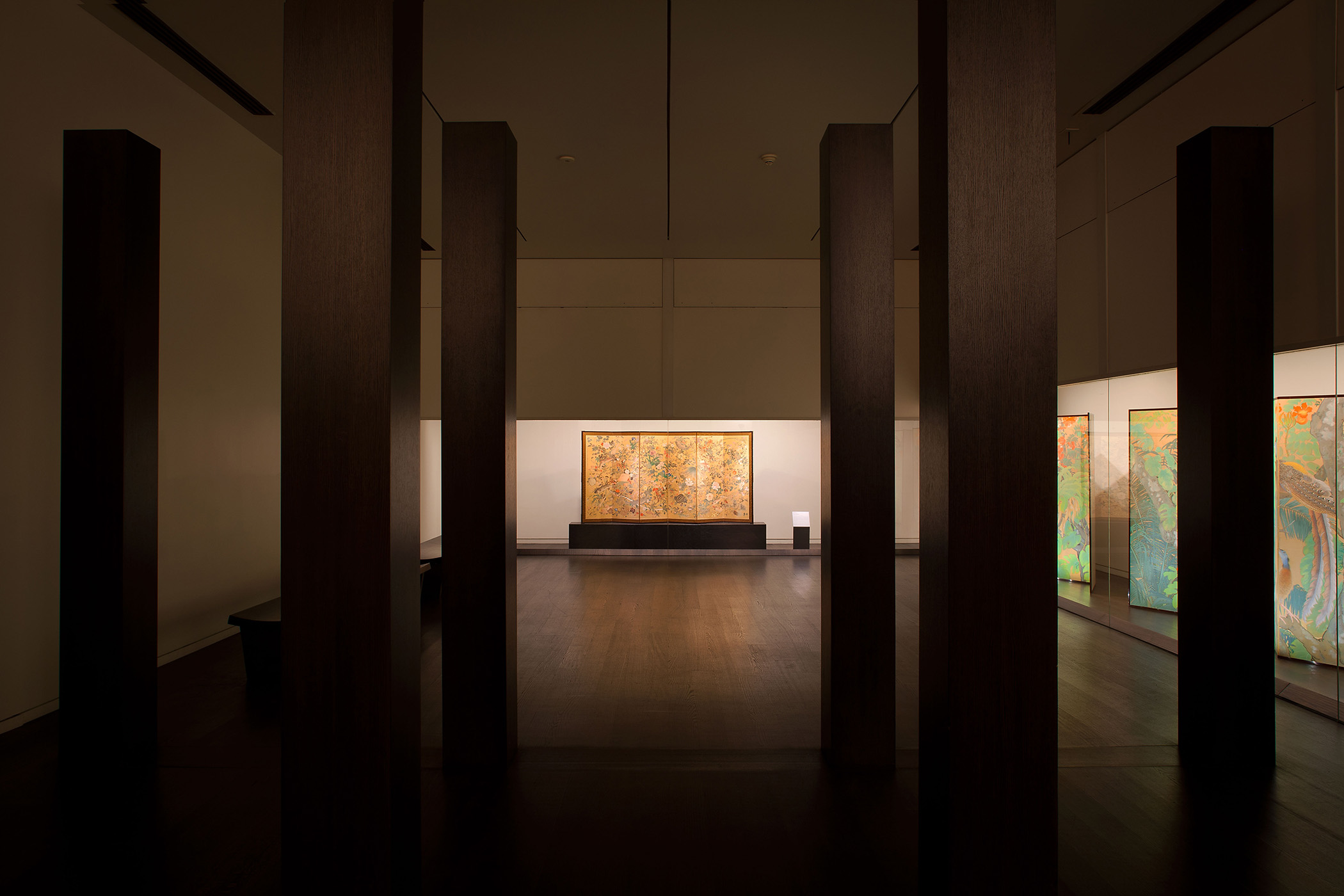
The image above is a simple beautiful exhibit. The lighting matches the aesthetics, while providing the illumination that is required and adheres to the conservation requirements. But equally as important, when you first enter that exhibit hall, it is the lighting that sets the tone for your experience.
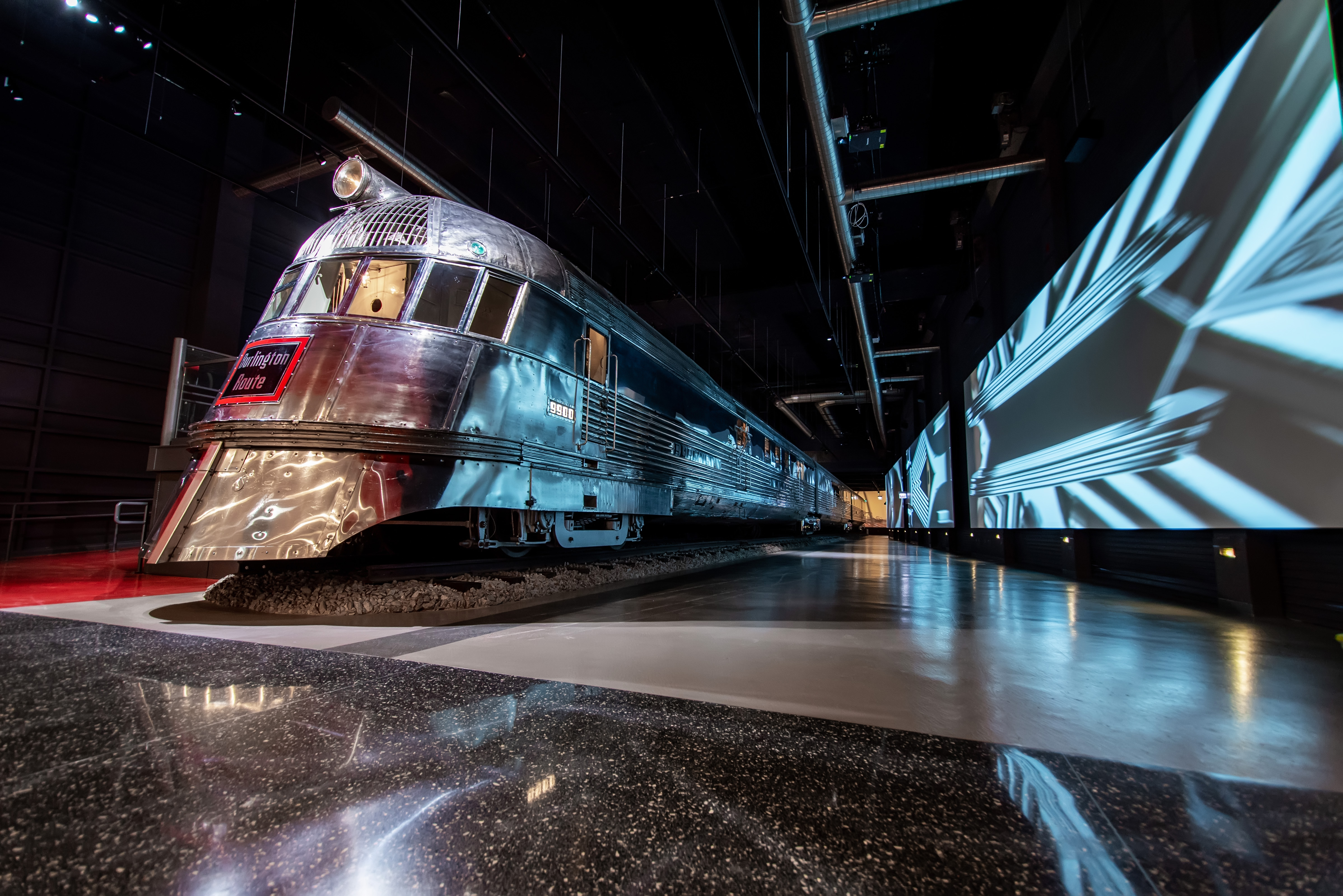
In the image above there is a large monolithic exhibit element. Here again, we let the lighting step back and let the artifact tell the story. We supported the element by choosing a cooler color temperature on the exterior of the train to represent daylight, as opposed to a warmer color temperature on the interior of the train. This contrast element is minor, but it leads to an eerie feeling while sitting in the train, alongside the projection which shows motion on the side of the train. It feels like the daylight is coming in through the windows.
Conclusion
As you can see, lighting design is all about where to put the light. The look and feel is paramount, and must be established first, along with any specialty requirements, before luminaire can be selected. Let the design requirements lead the change, and only specify the equipment to meet those design requirements. After all, they are tools, not the requirement. No one wants or needs a specific luminaire or piece of hardware; they want the lighting that will make the exhibit stand out and tell the story. They want lighting, not lights.









